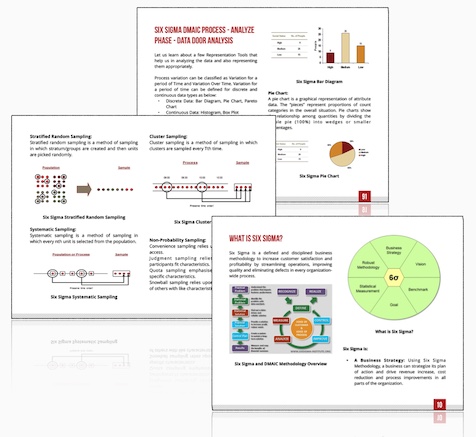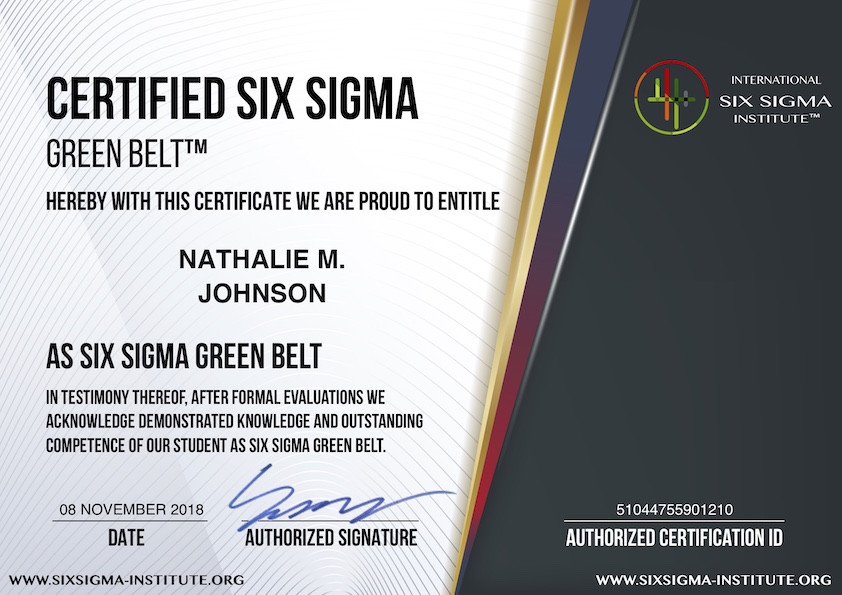The Ultimate Revelation Of Six Sigma Variation
Our Guest Author - Kamaldeep Singh, CSSMBB™ from International Six Sigma Institute™
22 April 2024
Six Sigma Variation
Process Efficiency Improvement
Process Waste Reduction
Even the most stable or consistent of processes will show variations if measurements recorded are of sufficient detail. Data variation typically leads to a distribution around a mean, for instance, if you take a sample set of readings, say height of human beings, the majority of readings will be close to the mean, with fewer and fewer readings the farther you go from the mean.
The standard deviation for a process, measures how much a given process deviates from the mean of that process. While looking at process variation reduction, the goal tends to be to obtain a process with minimal output variation, i.e. where the standard deviation between sequential outputs is of the order of 5, 6, 7 sigma.
The widely quoted 6 sigma process in metric terms, will produce 3.4 defects per million opportunities, or alternatively if such an output is measured with regards to process capability, equates to capability index of a 2. When seeking to reduce process variation basic methodology involves measuring process performance by measuring variation, determining the cause of variation, then continuously implementing process variation reduction. As the standard deviation between outputs of a process progressively reduces, the number of defects produced by the process can be accurately estimated and may be driven down quite close to zero.
Nevertheless, as variation in a process decreases, each incremental improvement requires more effort and determination, like continual management focus, design of experimentation, capability analysis studies, ongoing empowered team structures, etc. A key element in any analysis related to process variation is the concept that data is typically distributed Normal Distribution. The normal distribution is also called a Gaussian distribution, who derived the normal curve, features of that include a maximum at the mean and a symmetrical set of data around the mean. The most typical distribution in quality control is the Bell Shaped Curve. After we know the specifications which should be available for each process output, we may then identify the spec limits, the Lower Specification Limit and the Upper Specification Limit.
After we know the above, we may relate the actual output of the process, versus the specifications required, with regards to standard deviation. There are a wide range of statistical approaches to process variation reduction like control charts, scatter diagrams, capability analysis, run charts, deviation analysis, etc.
|
Share this Article with Your Friends and Colleagues!
|
|

|

|

|

|
|
 SIXSIGMA INSTITUTE™
SIXSIGMA INSTITUTE™













